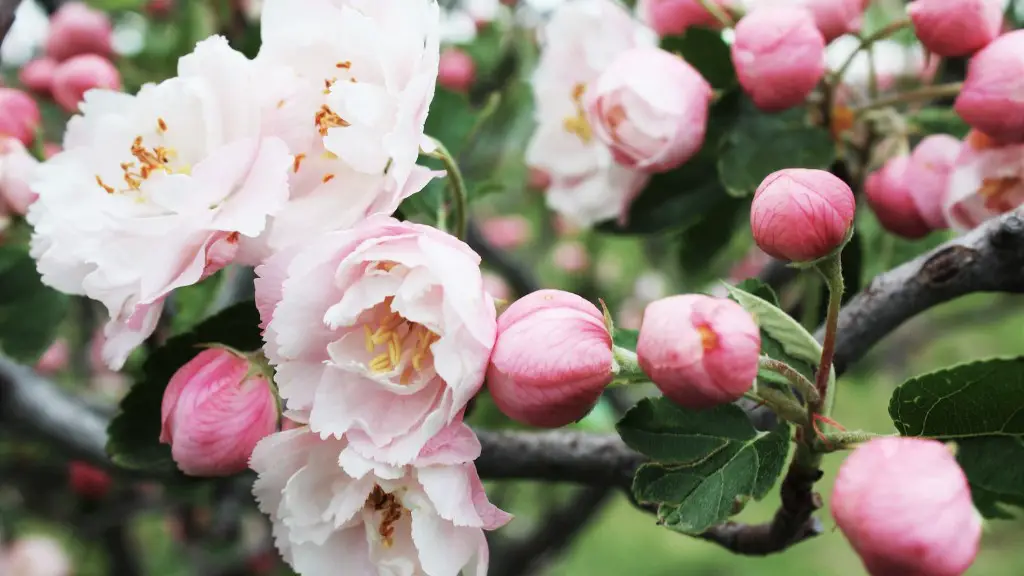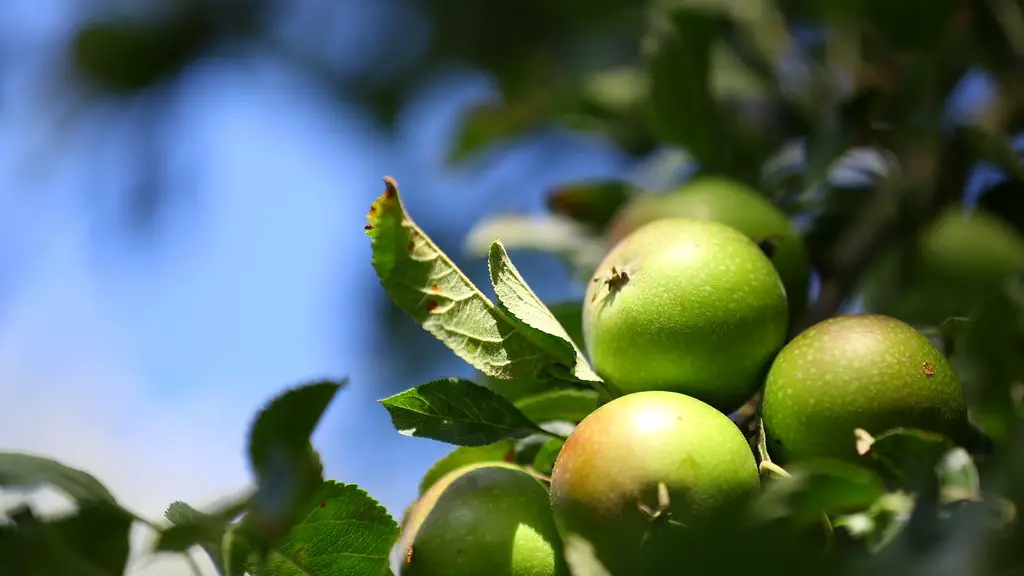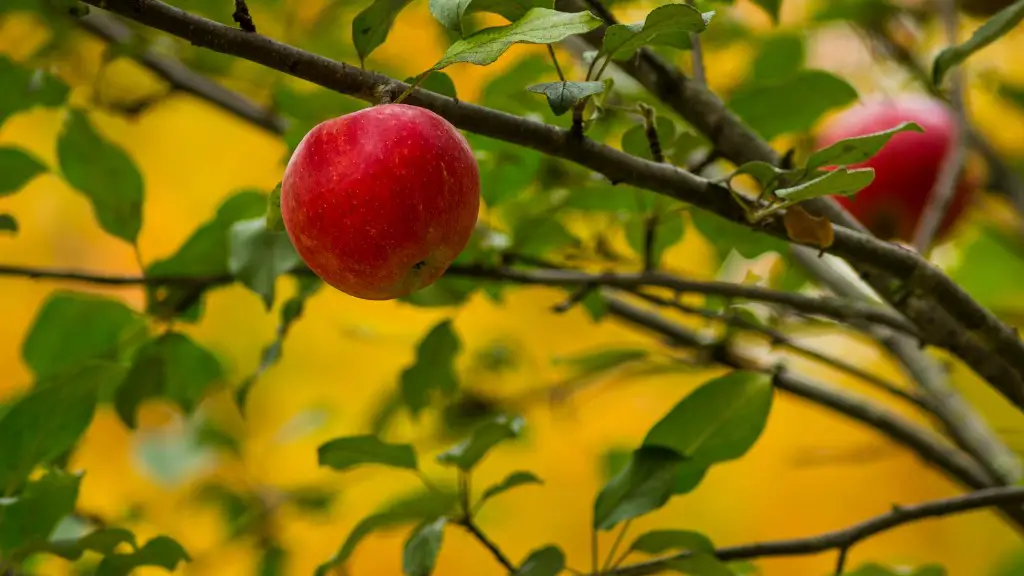Want to grow an apple tree? Planting an apple tree is an easy and rewarding experience that can yield delicious fruit for years. Here’s what you’ll need to know before getting started.
First, you’ll need to pick the right tree. Different types of apples grow best in different climates, so it’s important to do your research and select a variety that’s suited to your area. You’ll also need to decide if the tree will go in a container or in the ground, and select a cultivar accordingly.
Next, you’ll need to prepare the soil for the tree. Apple trees need well-drained soil with a pH between 6.0 and 6.2. If your soil doesn’t meet these conditions, you’ll need to amend it with peat moss, compost, or other soil additives.
Now it’s time to get the tree in the ground. Dig a hole about two feet deep and twice as wide as the root ball of the tree. Place the tree in the hole and fill it with soil and compost mix. Make sure to firm the soil around the tree, to ensure the tree has good root contact.
Next, you’ll need to fertilize and water your tree. Use a balanced fertilizer and water it thoroughly once a week, to give the tree the nutrients it needs to thrive. Keep an eye on the soil and water it more often if necessary.
Finally, you’ll want to prune your tree to encourage healthy growth. Remove any dead, diseased, or damaged branches and thin out any branches that rub against each other. This will ensure the tree is getting good airflow, light, and nutrients.
Caring for your Apple Tree
Once your apple tree is established, there are a few things you’ll need to do to keep it healthy. Regular pruning is important to keep the tree well-shaped and to promote strong growth. You’ll also need to protect it from pests and disease. Make sure to inspect the tree regularly for signs of disease or damage, and use organic pest and disease control products as necessary.
Finally, it’s a good idea to mulch around your tree. Mulch helps retain moisture and keeps grass and weeds from growing too close to the trunk. For best results, apply a two- to four-inch layer of organic mulch around the base of the tree.
Harvesting Your Crops
When the time comes to harvest, you’ll need to do so carefully. Apples should be picked when they’re fully ripe and with a gentle tug. Be careful not to damage the tree or other fruit when harvesting.
Once you’ve picked each apple, store it in a cool, dark place to prevent over-ripening. You can also use a silicone sheet or plastic bag to keep the apples from drying out.
Dealing with Pests
Pests can also be an issue when growing an apple tree. Common apple tree pests include aphids, mites, and caterpillars. You can sometimes get rid of these pests by spraying the tree with a mixture of water and dish soap. If your pest problem is more serious, you’ll need to use an insecticide or other certified organic pest control.
Monitor your tree regularly for signs of pests, and inspect any apples you pick for holes or other damage. If you notice any signs of pest damage, take steps to get rid of the pests as soon as possible.
Disease Control
Disease is another potential issue with apple trees. Common apple tree diseases include apple scab, powdery mildew, and fire blight. You can help keep your tree healthy by pruning it regularly and avoiding overhead watering. If your tree does get a disease, there are organic fungicides that can be used to treat it. Again, monitor your tree for signs of disease and take action as necessary.
You can also work to prevent disease by planting your apple tree in an area with good air circulation. Avoid sites with heavy shade and areas with poor drainage that tend to remain damp.
Maintaining Your Tree
Finally, maintaining your apple tree is key for a bountiful fruit harvest. Pruning is essential for keeping the tree healthy and promoting strong, vigorous growth. You’ll also need to monitor the tree for pests and disease and take action as necessary.
In addition, you’ll need to fertilize your tree each year to ensure it gets the nutrients it needs. Apply a balanced fertilizer once a year in early spring and water it well. And of course, make sure to keep the area around the tree weed-free.
With the right care and maintenance, your apple tree will produce an abundance of delicious fruit for many years to come.



